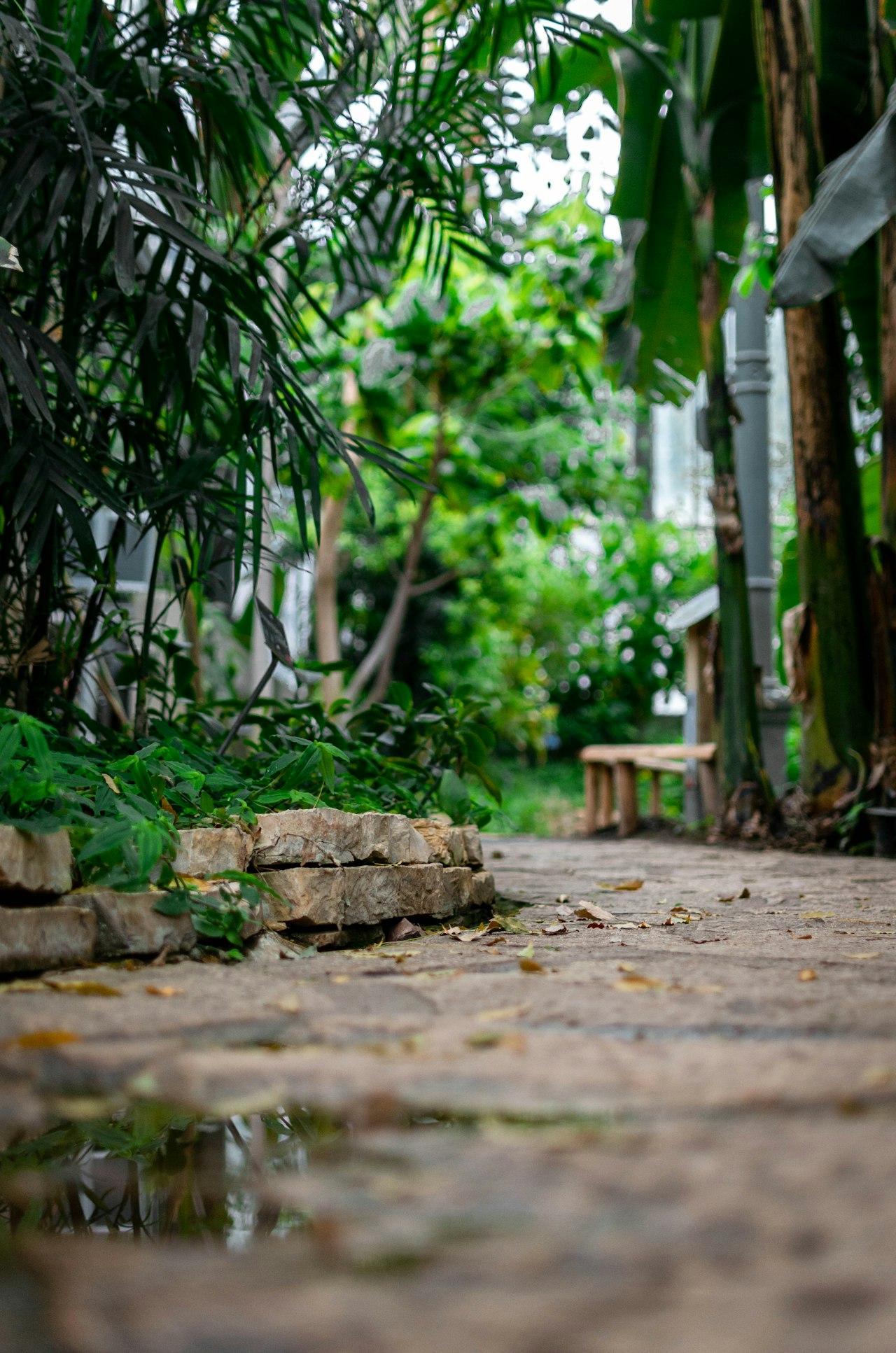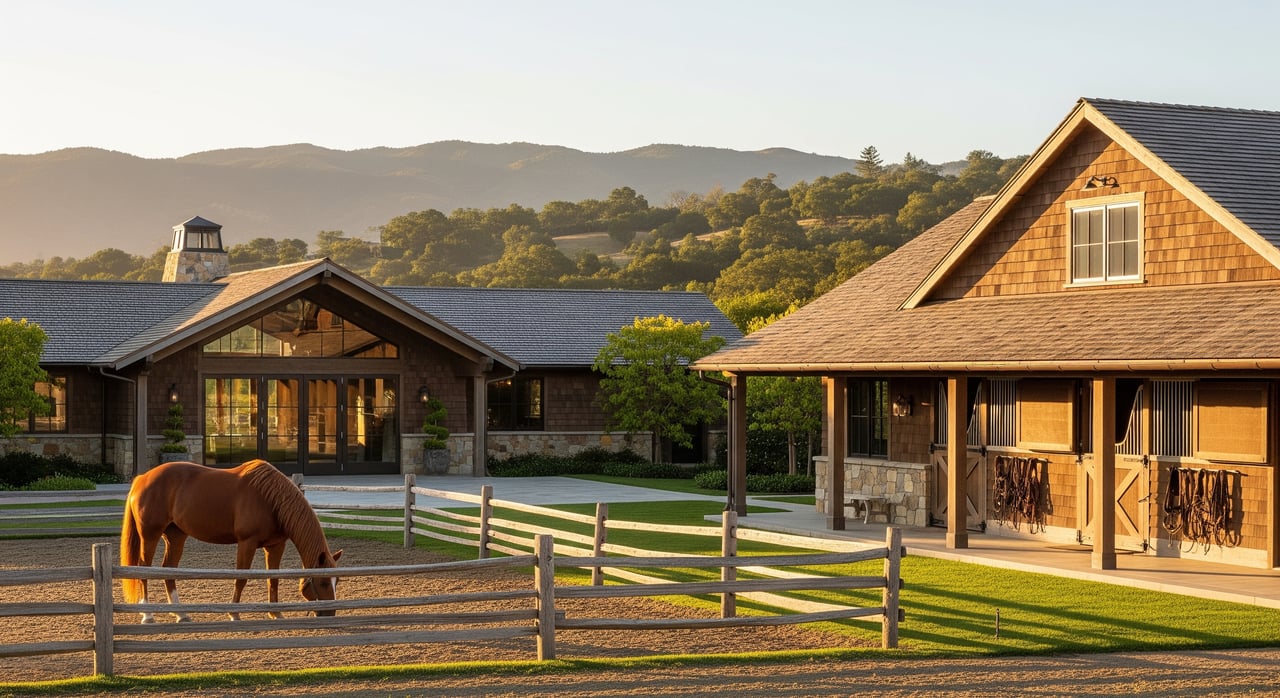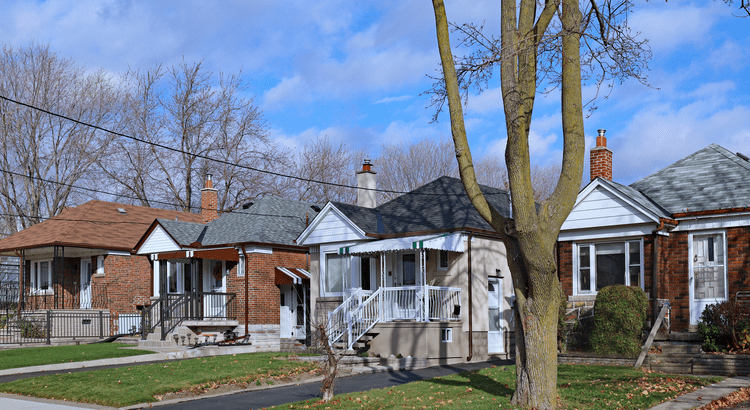5 Steps to Creating a Drought-Tolerant Garden
Houzz August 14, 2021
Lifestyle

Houzz August 14, 2021
Lifestyle

The professionals underline the importance of soil preparation. Organic matter — compost, manure, garden waste or organic fertilizer — is key for a soil that will be as nutrient-rich and self-sufficient as possible.
“Round here we have a lot of really dense clays — organic matter and grit, which bakes really hard in the summer,” says designer Julia Cody of Hamilton Cody Garden Design. “There’s also thin river-gravel soil that doesn’t hold moisture, either. It’s really good for Mediterranean plants, but we put down organic matter for them and every soil needs that.”
Diggens adds a warning against using weedkillers. “I know it’s easy just to eradicate issues with them, but who knows what you’re actually doing to your soil biology, as well as to birds and mammals?” he says.
Simply having good soil to start with is not enough. Protecting that soil is just as important. “Mulch, mulch, mulch,” Orchard advises. “Whether bark or gravel, it helps slow evaporation of water from the soil.”
“The key is to remove bare ground,” Diggens adds, pointing to the use of either an organic or natural mulch. He also suggests strategic planting. “High plant densities with varying rooting depths will enable good soil moisture year-round, as the soil won’t be exposed to the desiccating sun.”
If you “spoil” your plants by watering them generously, they’ll come to expect (and need) regular drinks, the experts say.
“If you treat them mean from the get-go, they’ll learn to survive better,” Orchard says. He points, as an example, to irrigation systems as a factor that can create thirsty plants. “The plants get “lazy” because they’re not used to holding the water. Whereas if they’ve always had to put out roots to find water, they’ll become more robust for these hotter, dryer summers we’re having,” he says. However, when starting plants off, he says, they may need generous watering to help the roots establish.
Cody echoes this point and also says a good soaking now and then is better for creating self-sufficient plants than daily watering. “It helps them to really get as independent as possible, to get their roots down looking for their own source, rather than looking near the surface,” she says.
“Making the plants work hard to survive sounds harsh, but if you train them to the hose, they will never deal with a drought,” Diggens agrees. “Obviously, this has to be taken with a bit of common sense — if they’re actually dying, then you’ll need to step in — but consider their location and habitat and don’t be afraid to move things if you realize they’re in the wrong place.”
It’s not just about watering plants more sparingly; it’s also about what to water them with. Orchard says everyone should have a rain barrel or water cistern. “Even if you have the tiniest shed or greenhouse, take any opportunity to harvest water you can,” he says. And they don’t have to be unsightly. “You can get water [cisterns] that have planters on top of them,” he says. “These days, they can easily be made into a feature.”
Tip: Before you purchase or install a rain barrel, be sure to check local laws. Certain states have issued rainwater-harvesting restrictions.
“Do plenty of research before letting yourself run free in the plant nursery,” Diggens says. “All those colors are there to attract you!”
It is also important to understand native landscapes, Diggens says, “and then emulate the plant communities in such as way as to suit them best. This leads to less watering and maintenance and much longer-lived plantings.”
As a general rule, Orchard advises planting silver-leaved plants, such as lavender. “The silver reflects the sunlight, and this feature is often a good sign a plant will be drought-tolerant.” He also points to small and hairy leaves, which retain water, as great qualities in self-sustainable varieties. “A plant with all three — silver, small-leaved and hairy — is a great combination,” he says.
Cody adds that dry conditions in full shade can be trickier when it comes to planting and, again, refers to the importance of soil conditioning. She flags up the Dryopteris genus of ferns (pictured) as one that thrives in full shade and copes well with little water.
“One thing we could all do is reduce the amount of fossil fuel-based activities, such as hedge-cutting and mowing, that we do,” he says. Instead, we could be letting our grass grow long while encouraging any wildflowers within the turf to bloom. “You could then just cut it back or mow useful paths, areas where children could play, or places where you could have a barbecue,” he says.
Stay up to date on the latest real estate trends.

Seller
December 12, 2025
A lot of people are asking the same thing right now: “Is it even a good time to sell?” And the truth may come as a bit of a surprise...

Seller
December 11, 2025
Spring gets all the attention, but it’s not always the best time to sell a house.

Seller
December 9, 2025
If you’re like a lot of homeowners, you’ve probably thought: “I’d like to move… but I don’t want to give up my 3% rate.” That’s fair.

December 4, 2025

Buyer
December 2, 2025
Focus on homes that have been sitting on the market for a while.

Seller
November 28, 2025
When the holidays roll around, travel plans, family gatherings, and all the chaos of the season may make you think it’s better to pull your listing off the market or t… Read more
We Guide Homeowners through the complicated process of selling their home using our 4 Phase Selling Process and 3 Prong Marketing Strategy that alleviates their stress and moves them effortlessly to their next destination. Schedule a 15 Minute Complimentary Strategy Session Today
“In the times we’re in, it’s really important to try to work with what we’ve got and with plants that are more suitable,” landscape designer Simon Orchard says.
“Drought tolerance is something we always look to achieve when designing landscapes, and it comes down to the specific soils and needs of the site as to whether we deem it a key design feature,” says landscape designer Toby Diggens of Digg & Co. “When working in the east of England, it’s become especially relevant to work with more natural landscape types.”
Here are the experts’ top drought-resistant gardening tips in five steps.